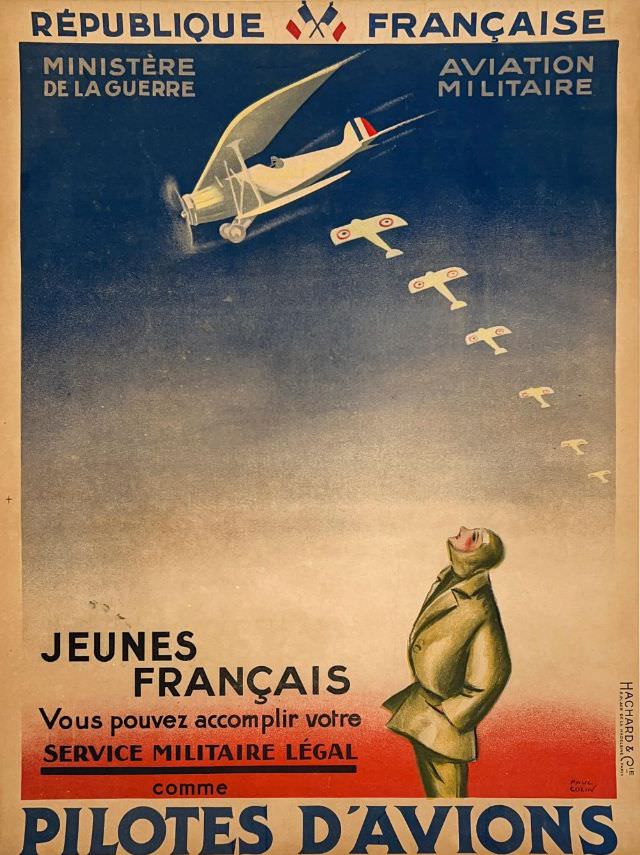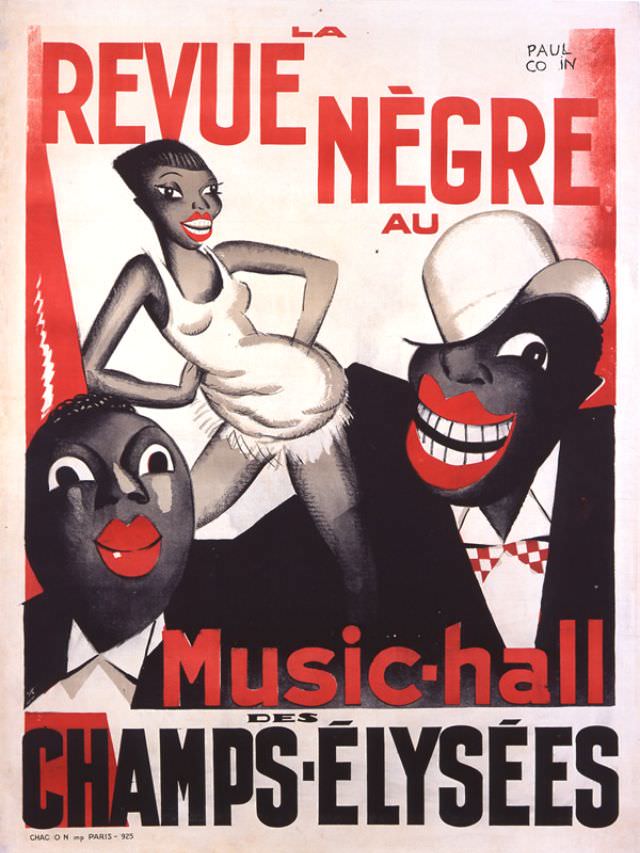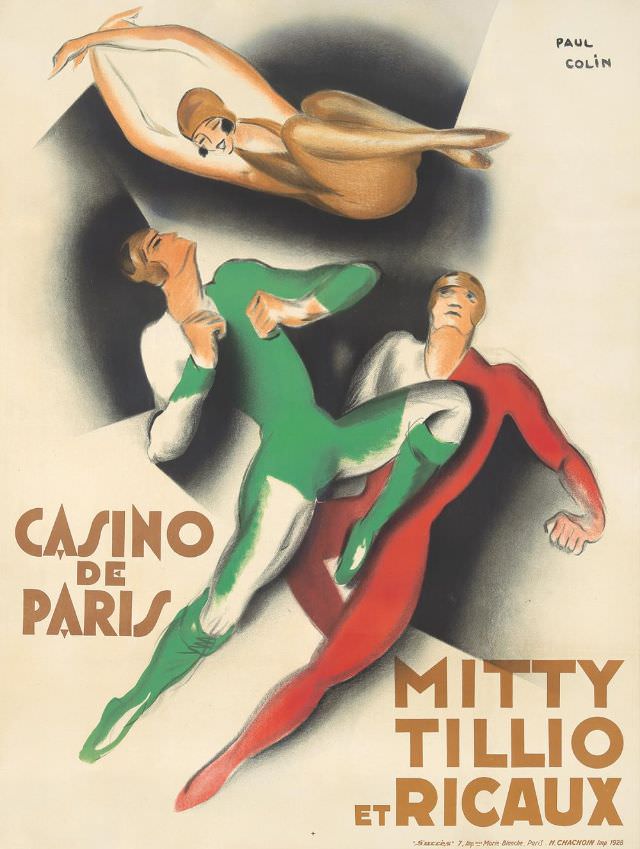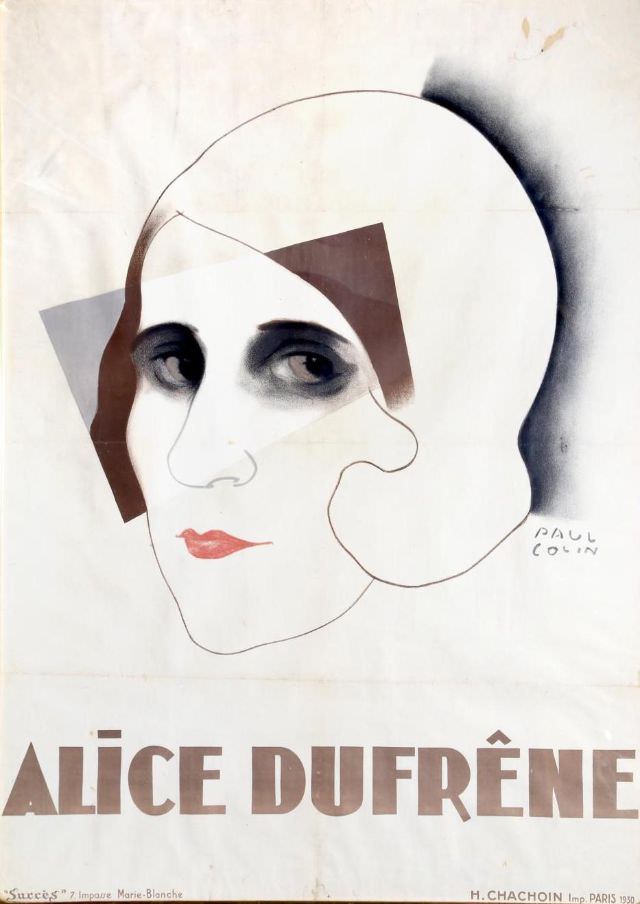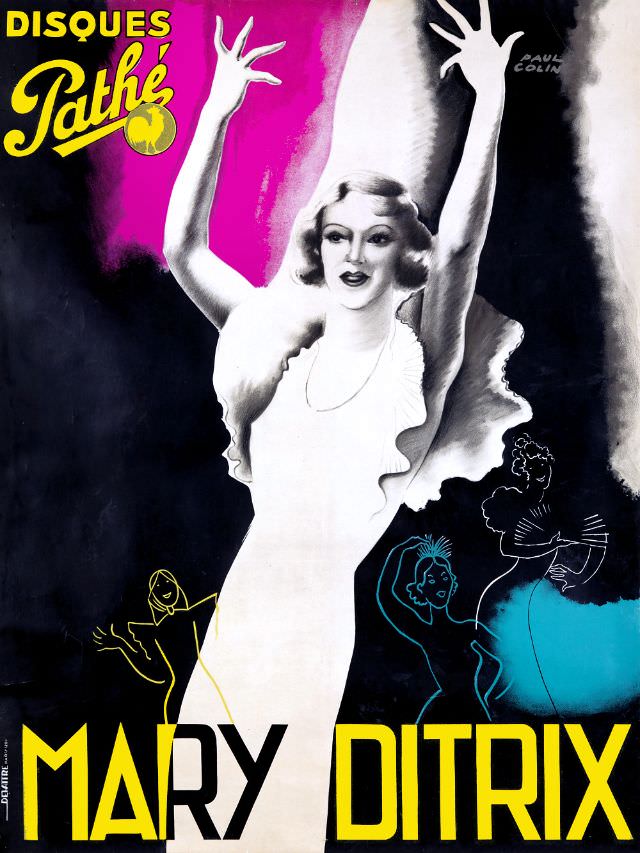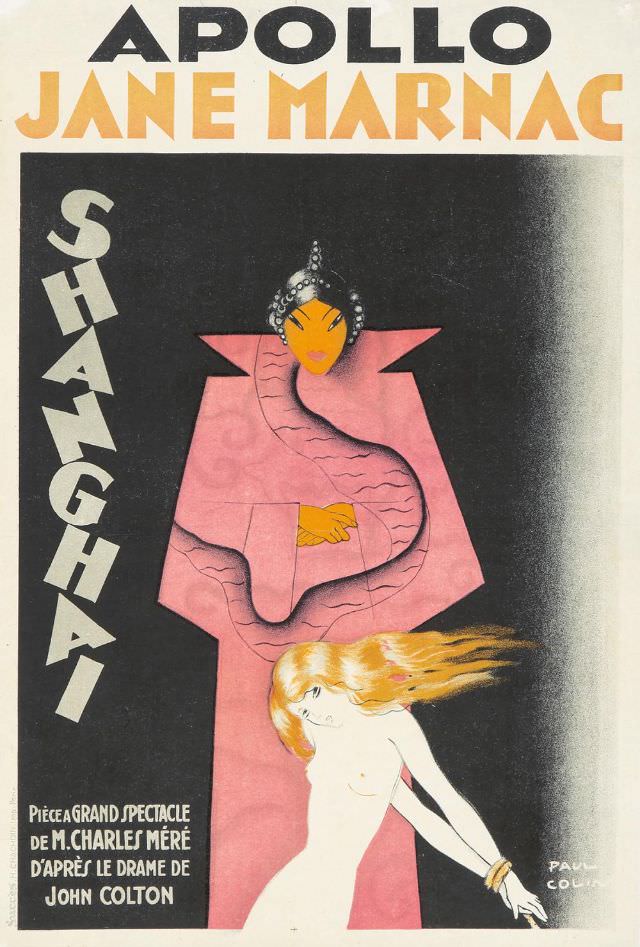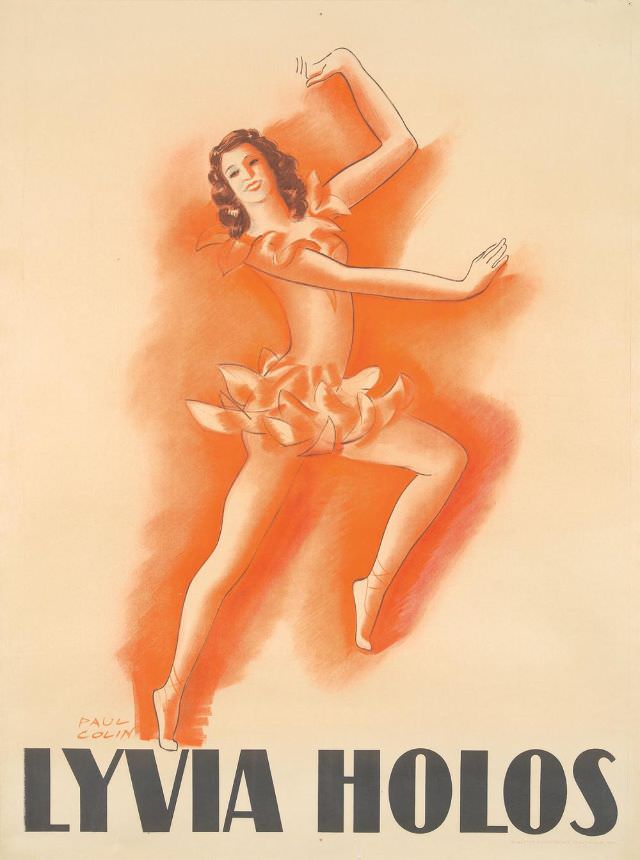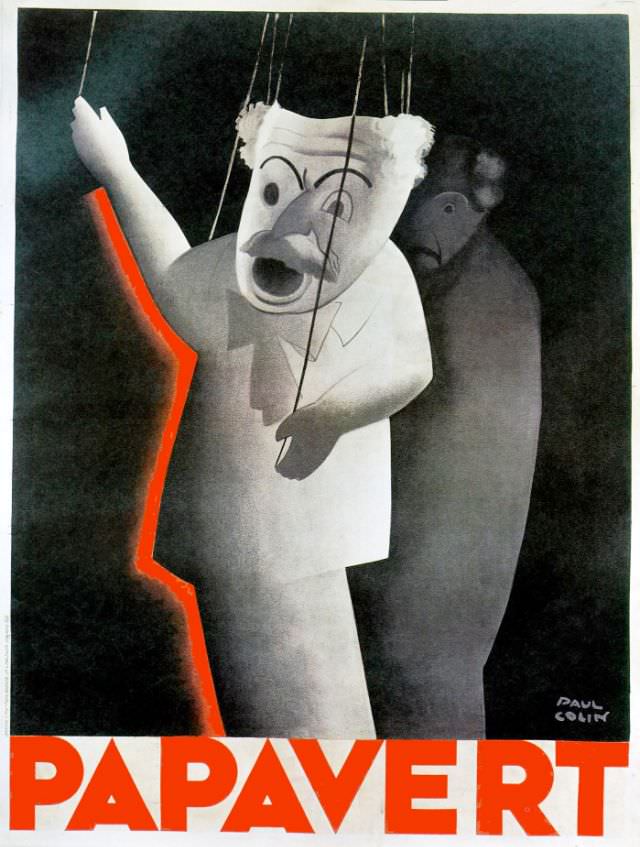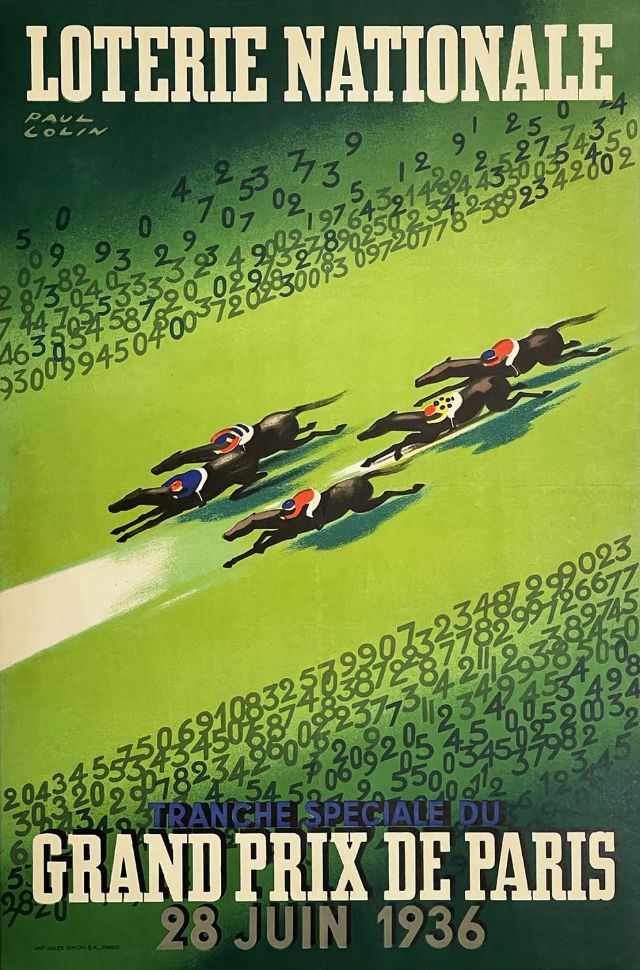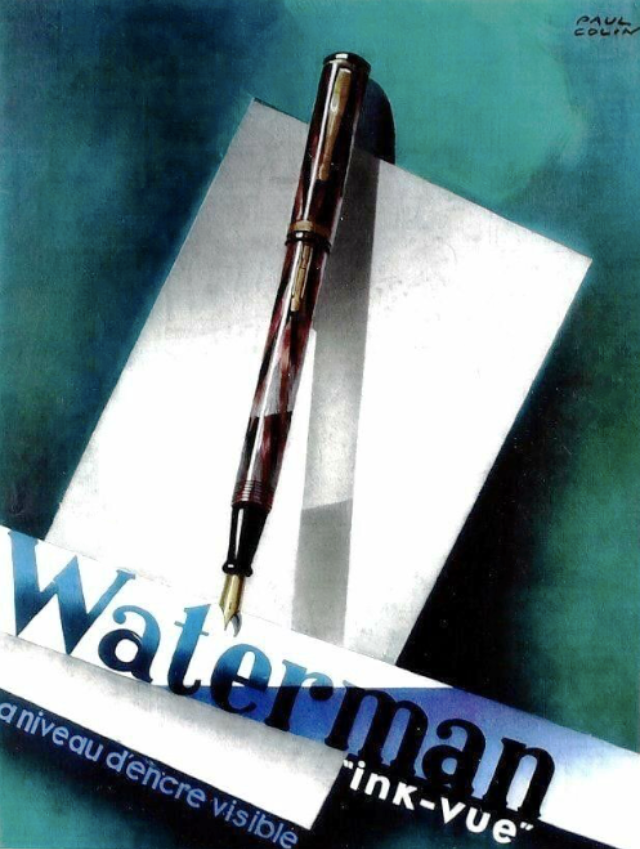In the 1920s and 1930s, French artist Paul Colin gained prominence for his innovative and striking poster designs. Colin, who began his career in the early 1920s, quickly became one of the most influential graphic artists of his time. His posters were characterized by bold colors, simplified forms, and a strong Art Deco influence. He often employed a limited color palette, creating high contrast and visually arresting images. His designs were known for their dynamic composition and the ability to capture the essence of the subject matter, whether it was for advertisements, theater, or music performances.
One of Paul Colin’s most significant contributions in this period was his association with the Jazz Age and, notably, with the iconic entertainer Josephine Baker. His 1925 poster “Le Tumulte Noir,” which depicted Baker, became one of his most famous works. This poster not only captured the spirit of the Jazz Age but also helped to cement Baker’s image as an international star.
Colin’s work in the 1920s and 1930s had a lasting impact on the art of poster design and advertising. His innovative approach and distinctive style influenced contemporary poster art and set new standards in the field. His ability to blend artistic expression with commercial appeal made him a pivotal figure in the evolution of graphic design during this era.


